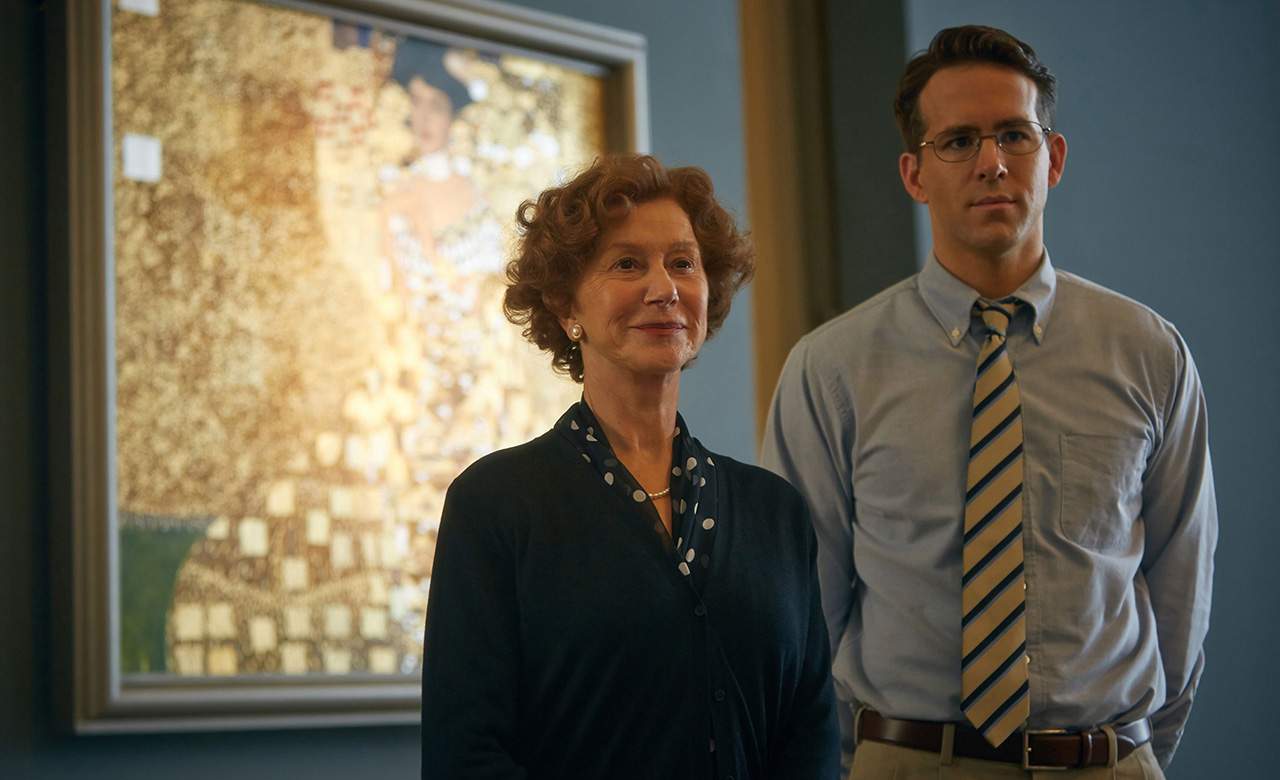Woman in Gold
It takes more than a true story and Helen Mirren to make a great film.
Overview
A great story doesn't always make for a great movie, even if it is true. Sometimes the real-life details just don't work on the screen. Sometimes it’s the outcome that fascinates, rather than the build up.
Though Woman in Gold tells of a battle to reclaim artwork stolen by the Nazis, pitting an elderly Jewish woman and her inexperienced lawyer against the Austrian government, it's the latest example of a tale that doesn't quite engage in film form. That the feature doesn't seem to know which part of the story it wants to focus on is part of the problem. That it relies on heavily tugging at heartstrings, movie-of-the-week-style, doesn't help either.
After her sister's death in 1998, and after six decades living in America following the Second World War, Maria Altmann (Helen Mirren) is motivated to reclaim her family's history. Pining for a famed portrait of her aunt that hangs in a Vienna gallery, she enlists the services of Randol Schoenberg (Ryan Reynolds) to help convince her homeland to give it back. Given that the picture is considered the Mona Lisa of Austria, they're not willing to part with it easily.
Those suffering from a bit of deja vu are probably thinking back to The Monuments Men, which also delved into war-time art theft, or Philomena, which also sent an older lady on a soul-searching, truth-uncovering trip with a younger male companion. Indeed, Woman in Gold might be based on reality, but it's really a compilation of every other similar effort, including underdog legal battles, melodramatic attempts to face the past, and period-set historical dramas.
There's no subtlety to director Simon Curtis' approach, handsome as the feature might look and heartfelt as it might feel, or to writer Alexi Kaye Campbell's speech-heavy script. With that in mind, it shouldn't come as a surprise that the performances are just as blatant and transparent. The odd couple pairing of Mirren and Reynolds has its limits, and the dialogue they're saddled with doesn't give them much room to move. Both play their roles as stereotypes, although they do have more to do than Katie Holmes and Daniel Brühl, who pop up in thankless supporting parts.
What results is a movie noble in its intentions, lush in its images and inspirational in its real-life basis, but decidedly dull in putting it all together. When the titular portrait is the most convincing part of the film, you know there are issues. Woman in Gold, the picture, might shine, but Woman in Gold, the movie, is a paint-by-numbers reproduction.





